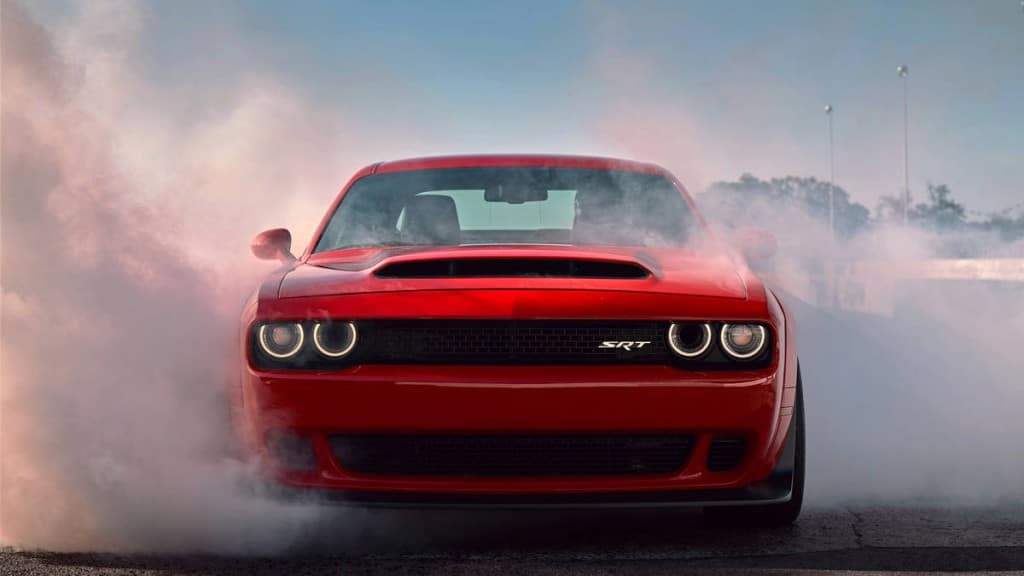
This is one of those things people often overlook when buying a new car. You drive it, you see how it rides, how it accelerates, how it looks, how the seats conform to each butt cheek. But most people never open the fuel door or check the owner’s manual to see what kind of fuel it takes.
If you buy a car that requires 93 octane gasoline, you’re going to spend 25-40 cents more per gallon at every fill-up for the life of your car.
One of reasons some engines can produce a lot of power for their size is that they compress the fuel air mixture at much higher pressure. They’re called high-compression engines.
But in order to prevent pinging (or preignition) in high compression engines, they need a fuel with a higher ignition point. That’s what higher octane fuel has.
It depends on whether your owner’s manual says “Requires 93 octane” or “93 octane recommended.”
If your manufacturer recommends 93 octane, that means the car is designed to perform optimally on 93 octane fuel. It may have an iota more power and possibly a hair better gas mileage when you fill it with 93. But it also means the car has a knock sensor that will adjust the spark timing when you use lower octane fuel to prevent the engine from pinging, and keep the engine from getting damaged due to overheating.
On the other hand, cars that “require” high octane fuel also have knock sensors, but for whatever reason, the manufacturer makes no guaranty that you won’t damage your engine if you cheap out and run it on regular fuel.
